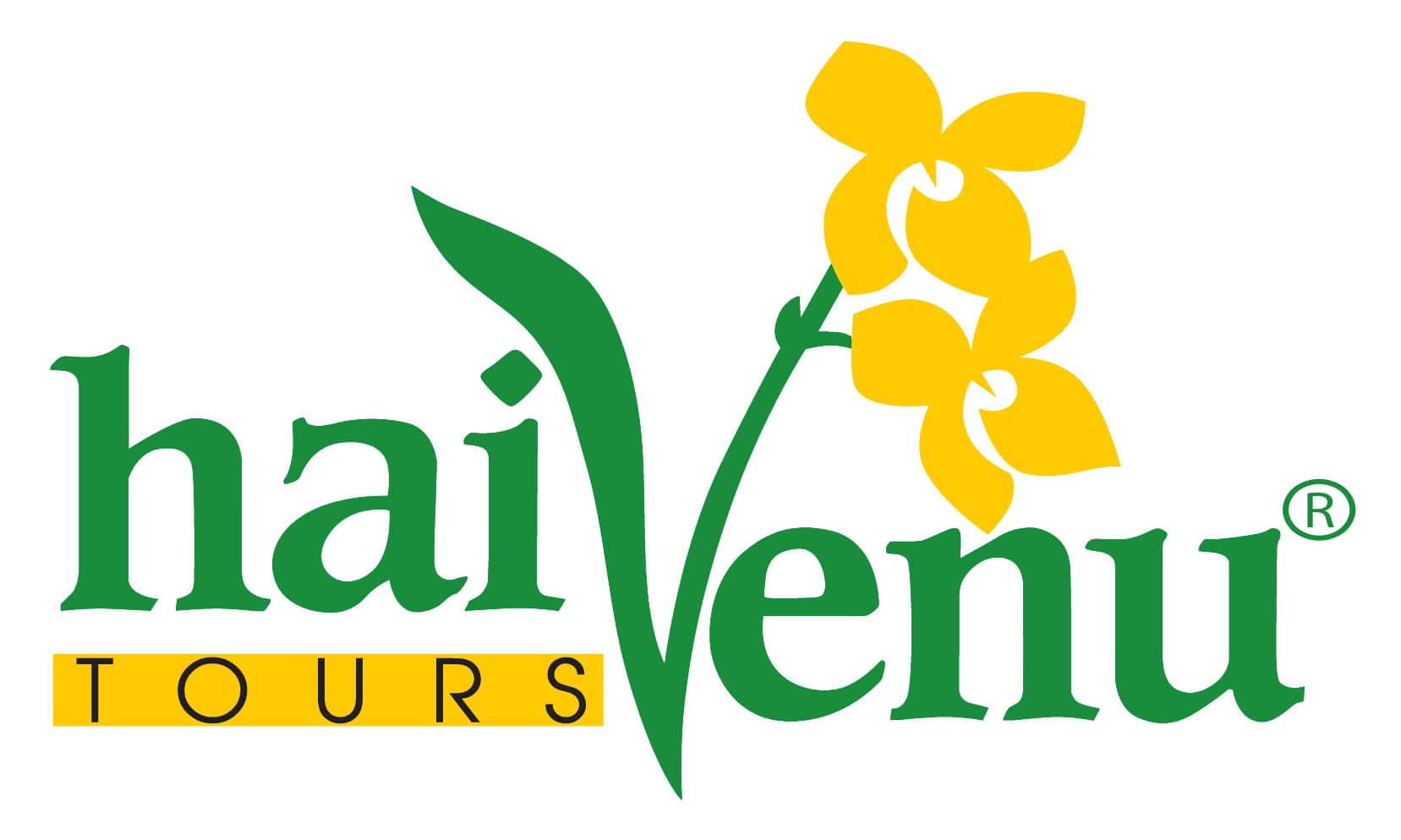Entry Procedures and Visa Requirements for Travelling to Vietnam
Last Updated on 31 March, 2025 by admin
Travelling to Vietnam is a dream for many, with its captivating landscapes, rich history, and welcoming people. However, ensuring a smooth entry into the country requires a clear understanding of its visa requirements and entry procedures. As someone who has gone through the process, I can attest that thorough preparation makes all the difference in starting your adventure stress-free. Here’s an in-depth guide enriched with my own experiences and tips to help you navigate Vietnam’s entry requirements.

Visa Requirements for Entry into Vietnam
Vietnam offers several types of visas depending on the purpose of your visit. During my first trip, I opted for an E-Visa because of its convenience. It’s available to citizens from over 80 countries and allows for a 30-day single entry. The process was straightforward—I visited the official Vietnam E-Visa Portal, filled out the online form, uploaded my passport details, and paid the fee. Within three working days, I received my approved visa via email. The ease of this process made it ideal for my short holiday.
If your country isn’t eligible for an E-Visa, a traditional visa can be obtained by applying at a Vietnamese embassy or consulate. This option is also suitable for longer stays or multiple entries. A friend of mine, travelling for business, had to apply for a multiple-entry visa. While the application required more documents, such as an invitation letter from a Vietnamese company, he found the staff at the embassy to be incredibly helpful.
For travellers from countries that qualify for visa exemptions, like most ASEAN nations or countries with bilateral agreements with Vietnam, you can enjoy a visa-free stay for a specific duration. For instance, my Malaysian travel companion entered without a visa and stayed for 15 days. However, it’s crucial to check the exemption list and ensure your trip doesn’t exceed the allowed period.
Useful Links:
- E-Visa Eligible Countries: Check the official list of countries eligible for e-visas on the Vietnam E-Visa Portal.
- Visa Exemption List: Find the detailed list of visa-exempt countries and their allowed durations on the Vietnam Immigration Department website.
Passport Requirements
A valid passport is your most important travel document. Vietnam requires that your passport have at least six months of validity remaining from your planned date of entry. On one of my visits, I encountered a fellow traveller at the airport who had to cancel their trip because their passport was expiring in five months. It was a harsh reminder of the importance of checking this detail well in advance.
Your passport must also have at least one blank page for entry and exit stamps. Additionally, if your passport has any visible damage, such as tears or watermarks, it might raise issues. To avoid trouble, I always carry a laminated photocopy of my passport and save a digital version in my email. This precaution proved invaluable when I misplaced my passport during a trek in Sapa. Luckily, having a copy helped me coordinate with local authorities to retrieve it.
Preparing for the Application Process
Starting early is key. During my first trip, I underestimated the processing time for my traditional visa and had to pay extra for expedited service. Since then, I always apply for my visa at least four weeks before my planned travel date. For E-Visas, I recommend applying three to four weeks prior to account for potential delays.
If you’re unsure about the process, don’t hesitate to contact the Vietnamese embassy or consulate. When I applied for a multi-entry visa, the consulate staff guided me through the forms and document requirements, making the process much less intimidating.
Tips for a Smooth Entry
- Be organised: Keep all travel documents, including your visa, passport, and flight details, in an accessible folder. During my layover in Bangkok, having everything ready sped up my check-in process for the flight to Hanoi.
- Monitor Updates: Entry policies can change, especially during global events like the COVID-19 pandemic. I made it a habit to check the official government website for the latest updates before every trip.
- Avoid Overstaying: Exceeding your visa’s validity can lead to fines or travel bans. Set reminders for your departure date to avoid costly mistakes.
Personal Experience at Immigration
Arriving in Vietnam is an exciting experience. I remember my first time landing at Noi Bai International Airport in Hanoi. The immigration lines were orderly, and the officers were professional but thorough. Presenting my E-Visa, I was quickly directed to the correct counter, and within minutes, my passport was stamped, welcoming me into the country.
On another occasion, at Da Nang International Airport, I had a minor delay because I forgot to print my E-Visa. Thankfully, the officer allowed me to pull it up on my phone, but I learned my lesson to always have a hard copy as backup. The process taught me that while Vietnam’s entry system is efficient, a little preparation on your part goes a long way.
Conclusion
Navigating Vietnam’s entry procedures is straightforward as long as you’re prepared. Whether it’s obtaining the right visa, ensuring your passport meets the requirements, or staying updated on the latest policies, every step contributes to a seamless travel experience. For me, the effort to get everything in order was well worth it—stepping into Vietnam’s vibrant cities, serene countryside, and rich culture made the preparation feel insignificant compared to the rewards of the journey.
If you’re planning your trip, take the time to prepare thoroughly. Use resources like the E-Visa Portal and Immigration Department for accurate, up-to-date information. Once you’ve cleared immigration and taken your first steps into Vietnam, you’ll know that your adventure has just begun. With its warm hospitality and endless treasures to explore, Vietnam is a destination that truly makes the journey worthwhile.




